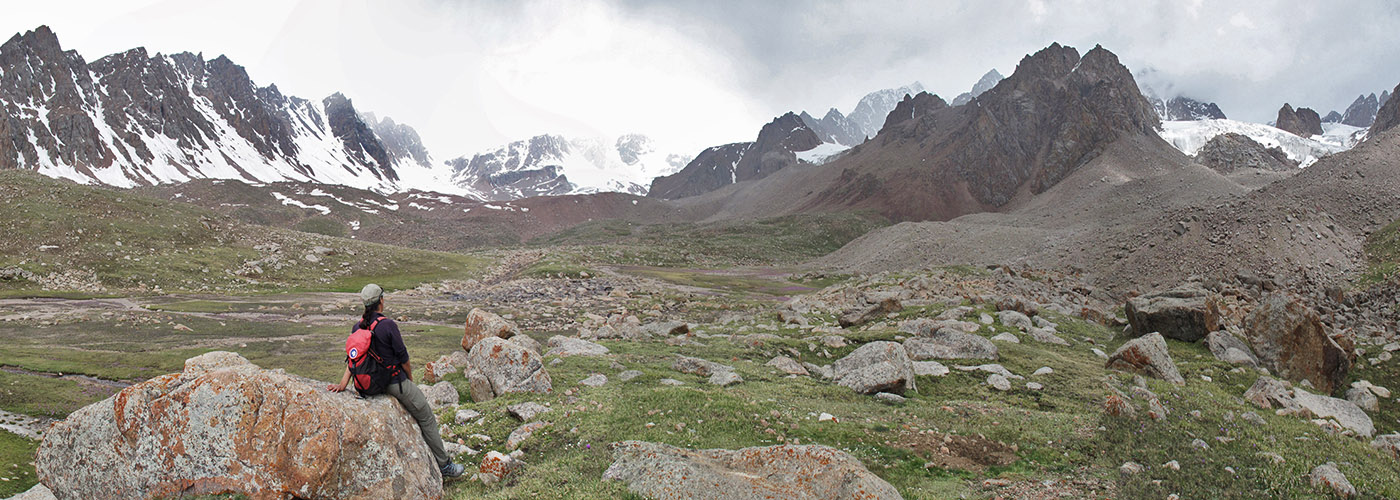|
Glaciers in the continental climates of Central Asia

Water resources and agriculture in large regions of Central Asia depend on melt water from the glaciers, many of which are retreating in today's climate. Some of these glaciers may pose major hazards because they may release outburst floods. In recent years the monitoring of these glaciers has improved thanks to automated stations and repeated satellite imagery. However, these records are extremely short compared to response time of glaciers to changes in climate. One way to recover information about the long-term response of glaciers to climate is to reconstruct past glacial expansions and compare them to past changes in climate. To better characterize the natural variability of glaciers, we selected several glaciers under similar climate conditions in the Altai mountains, Tian Shan, Qilian Shan, Altyn Tagh, and Kunlun, and dated at least one sequence of moraines at each site. The dated moraines are used for the reconstruction of past glacial extents, which allows for a comparison with the modern glaciers under modern climate settings. We extended our study with data from the literature to complete a regional-scale survey of modern and past glacier expansions in Central Asia.
- Batbaatar, J., Gillespie, A.R., Koppes, M., Clark, D.H., Chadwick, O.A., Fink, D., Matmon, A., Rupper, S., 2020. Glacier development in continental climate regions of central Asia, in Waitt, R.B., Thackray, G.D., and Gillespie, A.R., eds., Untangling the Quaternary Period: A Legacy of Stephen C. Porter: Geological Society of America Special Paper 548, p. 119-149.
(crossref,
pdf,
supplementary text,
supplementary data table.)
- Batbaatar, J., Gillespie, A.R., 2015. Marine Oxygen Isotope Stage 3 glaciations in continental-climate regions of Central Asia. INQUA XIX Congress: Quaternary perspectives on climate change, natural hazards and civilization, Nagoya, Japan. July 29, 2015.
- Gillespie, A.R., Batbaatar, J., 2014. Climatic mediation of moisture sources on the southern edge of Siberia. Geological Society of America Abstracts with Programs. Vol. 46, No. 6, p. 798.
- Batbaatar, J., Gillespie, A.R., 2013. Spatial pattern of equilibrium-line altitude in Central Asia.Geological Society of America Abstracts with Programs. Vol. 45, No. 7, p. 261.
|